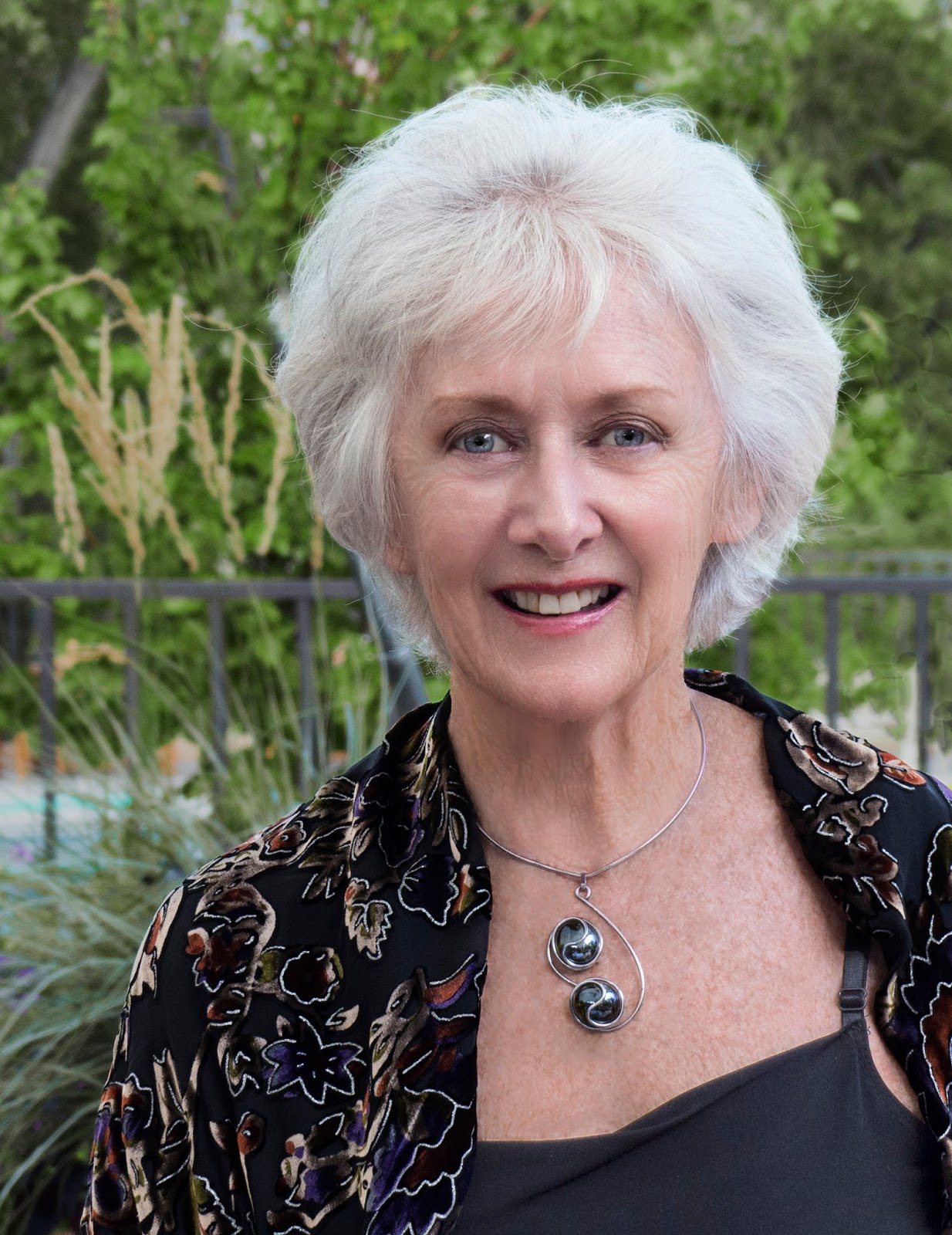REVIEW
Ray Chen, Michael Francis, Pacific Symphony, Segerstrom Center for the Arts, Costa Mesa
DAVID J BROWN
 |
| Sir Edward Elgar, OM, KCVO (1857-1934). |
Both in this talk and again when he took up the microphone before conducting the symphony in this concert’s second half, Mr. Francis gave an insightful and eloquent account of its four movements’ emotional narrative – a “massive hope in the future” that ultimately wins through against turmoil and doubt – and how that unfolding may relate to Elgar’s complex personality, describable in modern psychological terms as bipolar. This is represented by the tritone span of three whole tones – the Diabolus in musica (“the Devil in music”) – between the symphony’s nominal key of A-flat major, in which its long and eloquent motto-theme is played at the outset, and the plunge into dark D minor when the turbulent main body of the first movement gets underway.
 |
| Michael Francis. |
 |
| Hans Richter, dedicatee and conductor of the first performance of Elgar's Symphony No.1 in 1908. |
Both of Elgar’s symphonies are in the “standard” four movements, the middle two in the order fast/slow for the First Symphony, reversed for the Second. After all its far-flung strenuous turmoil and haunting ambivalence, the first movement sinks to a close on the last of its several reminiscences of the opening motto-theme, followed by long-held ppp woodwind chords and a single pianissimo low A-flat plucked on ‘cellos and basses. The ensuing Allegro molto, a scherzo in all but name, springs feverishly out in utmost contrast, building to an implacable fast march. Mr. Francis and the PSO got this exactly right – abrupt and threatening rather than exhilarating – and driven by thrillingly uninhibited fff percussion crashes. This scherzo duly has a trio section, again in all but name, amidst the martial fury an idyll of sylvan reflection, which Mr. Francis made feel appropriately threatened by the return of the fast march.
Then follows one of the most sublime transitions in all music, the long diminuendo and slackening of tension through which Elgar passes from the Allegro molto into his exquisite Adagio movement. Mr. Francis took this transition pretty slowly, leading to concern that, as in some recordings of the symphony (but not Elgar’s own!), the Adagio would be simply too slow and start to feel interminable. At around 13 minutes it was fairly slow, but the concentration of the PSO’s playing and Mr. Francis’s control carried them safely through.
The pin-sharp Segerstrom acoustic ensured that the soft bass drum rumble which heralds the turbulent finale was audible as never before (maybe the player’s enthusiasm led him to play it a notch or two above the marked ppp), but the sense of ominous prescience was spot-on. In the later stages of the movement the pair of harps duly made the most of their moment in the sun when, after a heart-stopping return of the motto-theme played on the last desk only of the upper strings (such is the genius sensitivity of Elgar’s orchestration), the finale’s second main theme comes back in a glorious romantic peroration. Then it was all sure-footed progress to the movement’s, and the symphony’s, volcanically positive conclusion.
 |
| Beethoven in 1804 or 1805, shortly before the composition of his Violin Concerto. |
Thus Mr. Francis’s measured tempo for Elgar’s two soft timpani rolls led to the spacious opening to the symphony already noted, while his pacing of Beethoven’s four quarter-note taps on the D drum, piano and Allegro ma non troppo, equally heralded an expansive performance of the concerto, which came in at around 46 minutes, the first movement alone taking 26 minutes.
 |
| Ray Chen. |
The performance, having been dealt something of a body-slam by this choice of cadenza, then received virtually the coup de grâce of having the opening of the Larghetto, surely the most fragile and chamber music-like of all slow movements amongst the great violin concertos, punctured by a group of late-comers being inadvisably admitted when the music had already begun, and effortfully seating themselves near the front of the orchestra stalls. But somehow the professionalism of all on the stage held it together…
The finale began properly jubilant and propulsive, and included plenty of characterful woodwind playing, but somehow it too felt in imminent threat of running out of steam. Nonetheless, Mr. Chen’s numerous admirers in the audience clearly loved his performance, and were rewarded with a virtuosic encore – Paganini’s Caprice for solo violin Op. 1 No.21 (i.e. not the one that all those sets of variations by other composers have been based on).
After this, will the Pacific Symphony invite Mr. Francis back to conduct Elgar’s equally great Second Symphony? Let’s hope so. I would certainly welcome it instead of, say, a few more superfluous Mahler Firsts or Thirds or Fifths. And I wonder whether Mr. Chen has ever played Elgar’s Violin Concerto? Heifetz did, and recorded it.
---ooo---
Pacific Symphony Orchestra, Renée and Henry Segerstrom Concert Hall, Thursday, January 11, 2017, 8 p.m.
Images: Elgar: Reginald Haines/Getty Images; Michael Francis: Marco Borggreve; Hans Richter: Encyclopaedia Britannica; Beethoven: Josef Willibrord Mähler; Ray Chen: Tom Doms/LA Times.













No comments:
Post a Comment